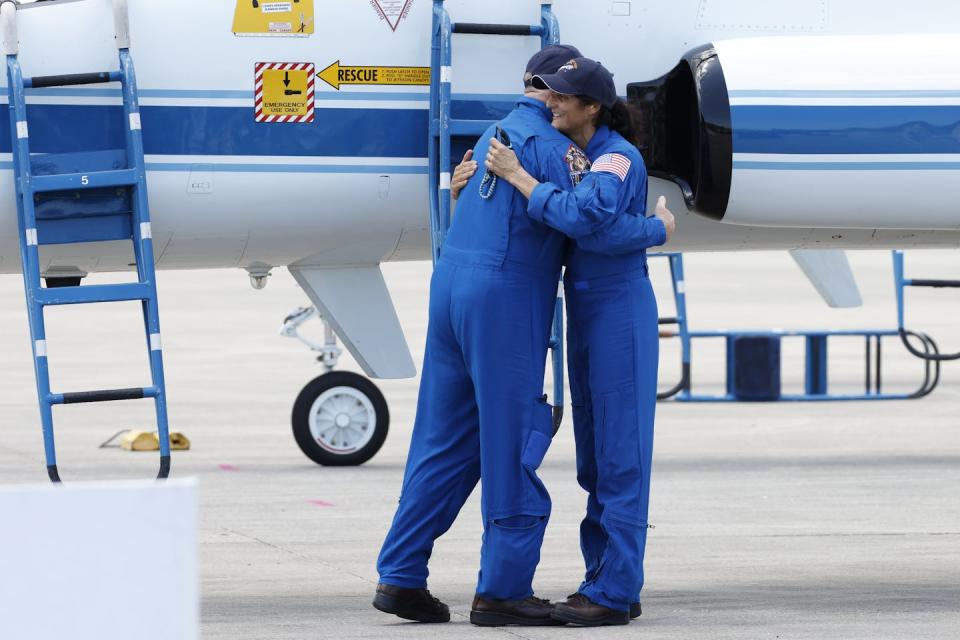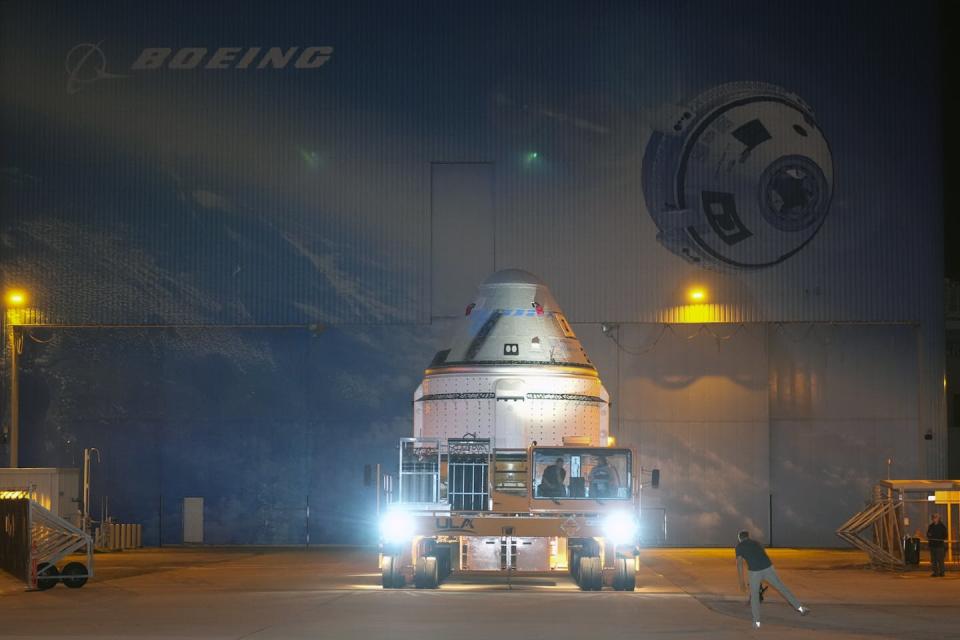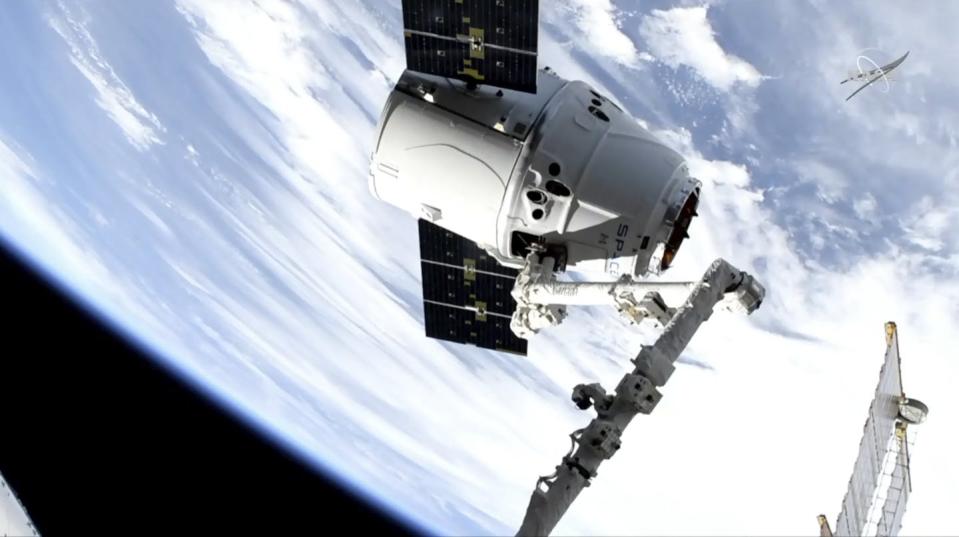If all goes well, NASA astronauts Butch Wilmore and Suni Williams will blast into space late on May 6, 2024 on Boeing’s Starliner spacecraft. This final crucial test for Starliner, launched from the Kennedy Space Center, will test the new spacecraft and take the pair to the International Space Station for about a week.
This long-delayed mission is part of NASA’s commercial crew program and will represent the vehicle’s first crewed launch. If successful, it will give NASA – and in the future space tourists – more opportunities to reach low Earth orbit.

From my perspective as a space policy expert, the launch of Starliner represents another important milestone in the development of the commercial space industry. But the mission’s turbulent history also shows how difficult the road to space can be, even for an experienced company like Boeing.
Origin and development
After the retirement of NASA’s Space Shuttle in 2011, NASA invited commercial space companies to help the agency transport cargo and crew to the International Space Station.
In 2014, NASA selected Boeing and SpaceX to build their respective crew vehicles: Starliner and Dragon.
Boeing’s Starliner vehicle was built to transport up to seven crew members to and from low Earth orbit. For NASA missions to the International Space Station, up to four can be carried at a time, and it is designed to remain docked to the station for up to seven months. At 15 feet, the capsule that will hold the crew is slightly larger than an Apollo command module or a SpaceX Dragon.
Boeing designed Starliner to be partially reusable to reduce the cost of accessing space. Although the Atlas V rocket it carries into space and the service module that supports the spacecraft are both replaceable, Starliner’s crew capsule can be reused up to ten times, with a turnaround time of six months. Boeing has built two flight-worthy Starliners so far.


The development of Starliner has had setbacks. Although Boeing received $4.2 billion from NASA, compared to $2.6 billion for SpaceX, Boeing spent more than $1.5 billion extra on developing the spacecraft.
During Starliner’s first unmanned test flight in 2019, a series of software and hardware errors prevented the plane from entering its intended orbit and docking with the International Space Station. After testing some of its systems, it successfully landed at White Sands Missile Range in New Mexico.
In 2022, after identifying and making more than 80 repairs, Starliner conducted a second unmanned test flight. This time, the vehicle successfully docked with the International Space Station and landed in New Mexico six days later.
Still, Boeing has postponed the first crewed launch of Starliner from 2023 to 2024 due to additional problems. One involved Starliner’s parachutes, which help slow the vehicle as it returns to Earth. Tests showed that some links in those parachute lines were weaker than expected, causing them to break. A second problem was the use of flammable tape that could pose a fire hazard.
A major question arising from these delays concerns why Starliner has been so difficult to develop. First, NASA officials admitted that it did not provide as much oversight of Starliner as they did of SpaceX’s Dragon, due to the agency’s familiarity with Boeing.
And Boeing has encountered several problems recently, especially with the safety of its planes. Astronaut Butch Wilmore has denied that Starliner’s problems reflect these problems.
But several of Boeing’s other space operations outside of Starliner have also suffered mechanical failures and budget pressures, including the Space Launch System. This system is expected to be the main rocket for NASA’s Artemis program, which aims to return humans to the moon for the first time since the Apollo era.
Significance to NASA and commercial spaceflight
Given these difficulties, Starliner’s success will be important to Boeing’s future space efforts. Even if SpaceX’s Dragon can successfully transport NASA astronauts to the International Space Station, the agency will need a backup. And that’s where Starliner comes into the picture.
After the Challenger explosion in 1986 and the Columbia shuttle accident in 2003, NASA retired the Space Shuttle in 2011. The agency had few options for getting astronauts to and from space. Having a second provider of commercial crew vehicles means that NASA will not have to rely on one company or vehicle for space launches, as was previously the case.
Perhaps more importantly, if Starliner is successful, it can compete with SpaceX. While there isn’t currently a crushing demand for space tourism and Boeing has no plans to launch Starliner for tourism anytime soon, competition in any market is important to reduce costs and increase innovation.
More such competition is likely to come. Sierra Space’s Dream Chaser plans to launch later this year to carry cargo for NASA to the International Space Station. A crewed version of the spaceplane is also being developed for the next round of NASA’s commercial crew program. Blue Origin is partnering with NASA in this latest round of commercial crew contracts, developing a lunar lander for the Artemis program.


While SpaceX has made commercial spaceflight look relatively easy, Boeing’s difficult experience with Starliner shows how difficult spaceflight still is, even for an experienced company.
Starliner is important not only for NASA and Boeing, but also to demonstrate that more than one company can achieve success in the commercial space industry. A successful launch would also give NASA greater confidence in the industry’s ability to support operations in Earth’s orbit as the agency focuses on future missions to the moon and beyond.
This article is republished from The Conversation, an independent nonprofit organization providing facts and trusted analysis to help you understand our complex world. It was written by: Wendy Whitman Cobb, Air University
Read more:
Wendy Whitman Cobb is affiliated with the US Air Force School of Advanced Air and Space Studies. Its views are its own and do not necessarily reflect the views of the Department of Defense or any of its components.